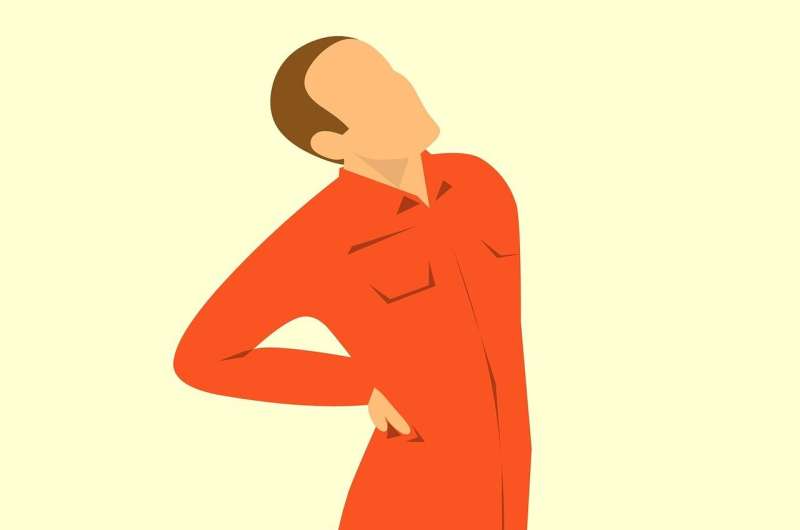
Working from home during the COVID-19 pandemic has taken a toll on the health of many and led to increased reports of low back pain. Low back pain is the most common musculoskeletal problem that requires medical attention—an estimated 80 percent of adults will experience it at least once in their lifetime. But its underlying sources often remain a mystery, and it continues to confound medical professionals, researchers, and of course, sufferers.
Researchers, including some at Concordia, have over the past several years changed their focus in their search for answers. While much prior research has looked at different spine structures as possible sources of pain, more attention is now being paid to the lower back muscles using MRI imaging.
It’s the topic of a new paper published in the Nature journal Scientific Reports by researchers at Concordia and Western University in London, Ontario. In it they explain how they used statistical shape analysis to look at the shapes of a particular lower back muscle in chronic back pain sufferers as a potential biomarker for the condition. It is the first time this technique has been used to study the morphology—essentially the shape and structure—of the paraspinal muscle.
“Statistical shape analysis allows us to detect very localized changes in muscle shapes related to low back pain,” says the paper’s lead author Yiming Xiao, an assistant professor of computer science and software engineering. After factoring in variables such as age and sex, Xiao says, “this study can help detect where specifically the muscles are degenerating. And that can help formulate a more targeted physiotherapy plan to strengthen those muscles and ease suffering.”
Maryse Fortin, an assistant professor in the Department of Health, Kinesiology and Applied Physiology, co-authored the paper, along with Hassan Rivaz, an associate professor and Concordia University Research Chair of Electrical and Computer Engineering, Joshua Ahn, an undergraduate at Western and Terry Peters and Michele Battié, professors at Western. Currently, the inter-institute research collaboration is working on medical image analysis methods, including artificial intelligence technology that allows automatic diagnosis and prognosis of painful spinal disorders, such as disc herniation.
Two sides of the same muscle
The researchers look at unilateral lumbar disc herniation, which manifests as pain on the same side as the herniation. Essentially, this occurs when one side of the spinal disc bulges, potentially irritating the nerve root. By examining participants suffering only from pain on one side, they had access to pathological and healthy muscles in the same body, which draws a clearer comparison because they can exclude complex variables such as life habits from consideration.
“We were able to find signature shape variations in the multifidus muscle between the painful and the non-painful sides,” Xiao says. “And compared to the classic ways of measuring muscle functions, such as the overall size of the muscle and fatty infiltration, we found that our method was more sensitive to detecting the differences.”
Defining terms
Fortin says the technique also helped the researchers determine whether the shape of the multifidus muscle was a biomarker for potential back pain. Previous studies often had conflicting results because there was no uniformity in methodology of analysis. For example, researchers were using different muscle segmentation protocols, so the definition of muscle groups would begin and end at different places depending on the study.
Degenerative change of the back muscles due to natural aging also complicates matters. This can cloud potential biomarkers and mask sources of pain, as degenerative change does not necessarily result in discomfort.
Source: Read Full Article
